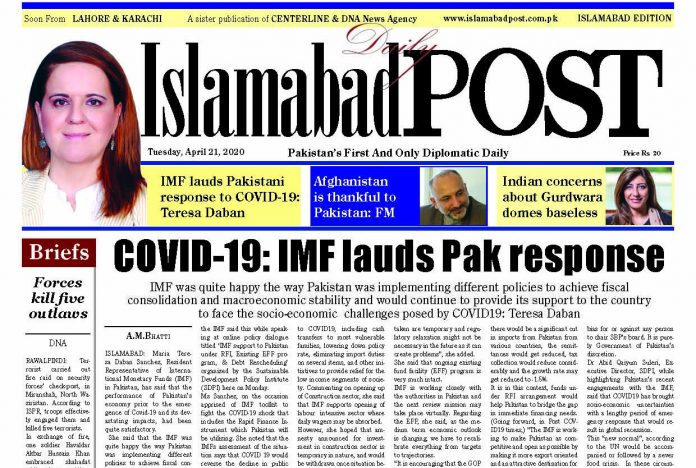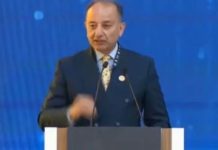DNA
ISLAMABAD, May 1 : National Command and Operation Centre (NCOC) on Friday directed the Rural Support Programmes (RSPs) spread across various villages and districts of the country to enhance community mobilization for effectively containing COVID-19 pandemic in the country.
The NCOC, which met with Minister for Planning Development Reforms and Special Initiatives Asad Umar in chair closely observed the existing structure of RSPs in the country in its high level meeting organized on Labour Day.
The Centre noted that community mobilization was of utmost significance to cope with any pandemic or national crisis. Public awareness/ education is important in overcoming many critical issues, during risk, Crisis communication and community engagement .
Keeping this in view, the NCOC has developed its community strategy and conducted data mapping of every nook and corner of the country. It was found through the data analysis that 67 percent population of the country lived in rural areas, 81 percent were using mobile phones, 78 percent watched television, 37 percent listened to radio where the statistics also included the social media usage.
The NCOC, in the light of this information developed four data groups comprising individual, family, society and community whereas based on these strata language medium was also devised for public awareness.
The forum had extensively mulled over community mobilization to ensure that smooth and prior information sharing was ensured to masses till date and after May 9.
The RSPs directed to come forward for playing its role in community mobilization were Agha Khan Rural Support Programme, Sarhad Rural Support Programme, National Rural Support Programme, Institute of Rural Management, Balochistan Rural Support Programme, Sindh Graduate Association and Sindh Rural Management. The network of these RSPs was based on 2,152 local support organizations, a total of 36,897 village organizations and 489,525 community support organizations.
The national outreach of these support organizations was encompassing around 54 million people alongwith its network sprawling over 149 districts.

















